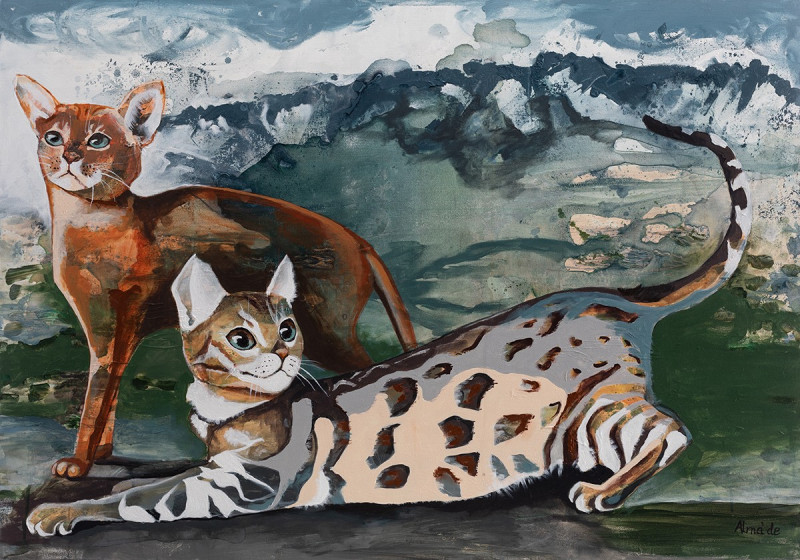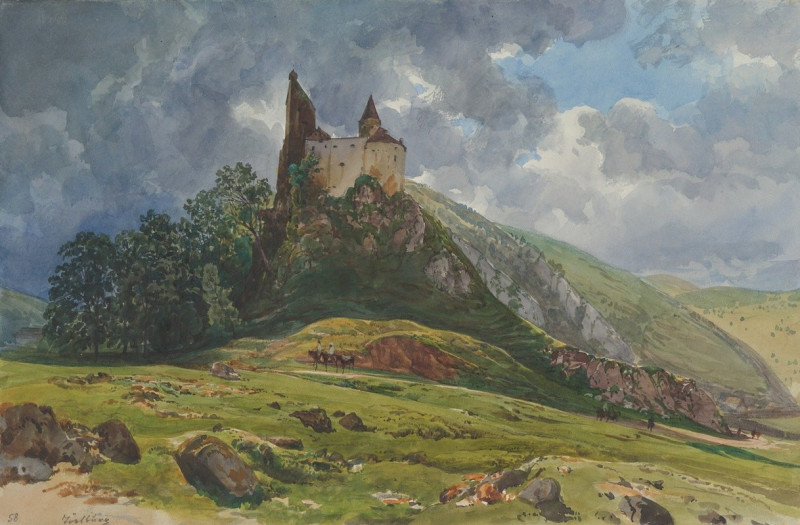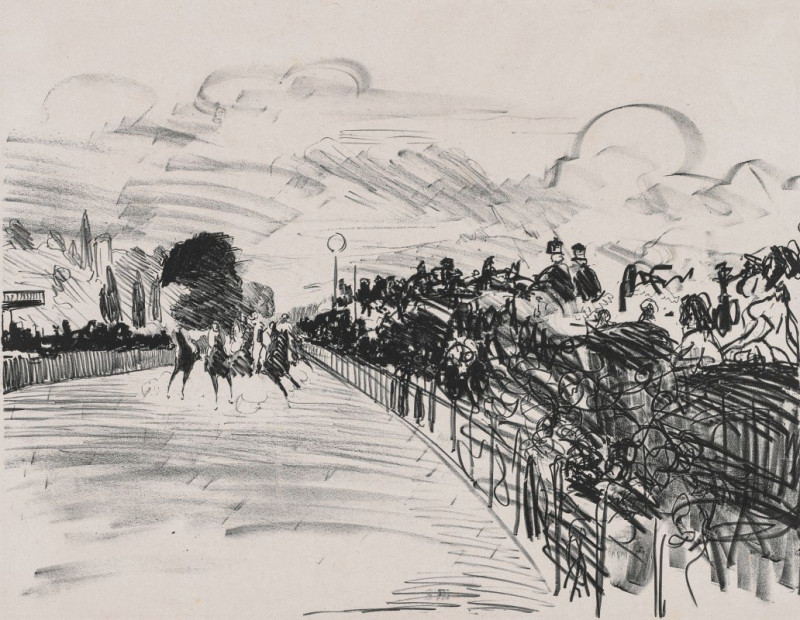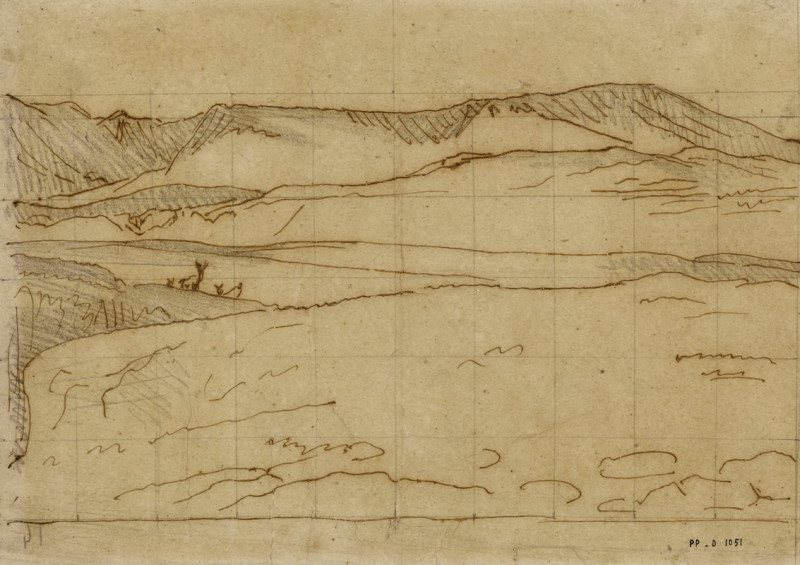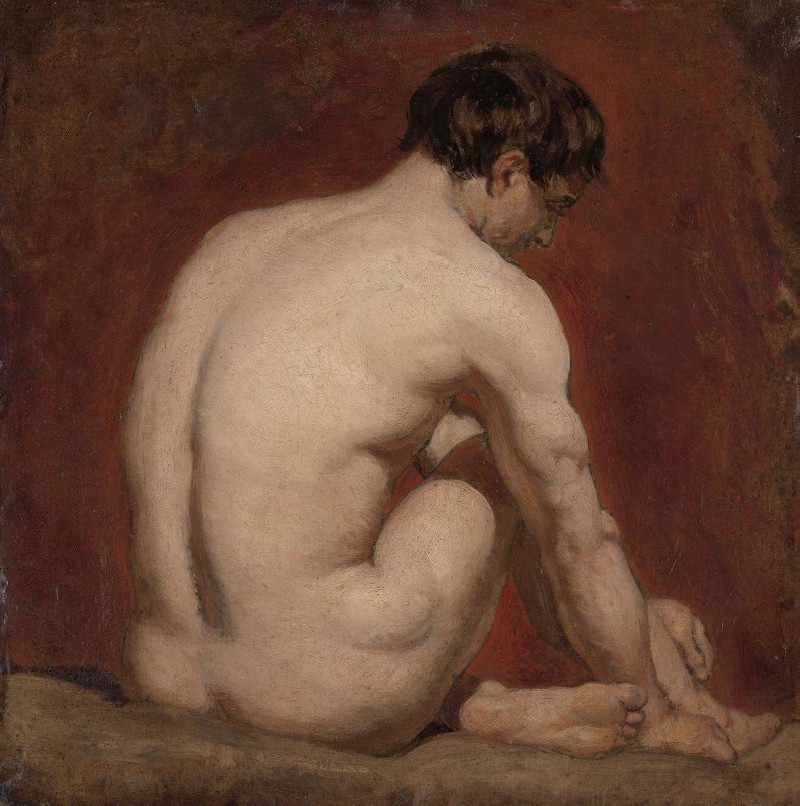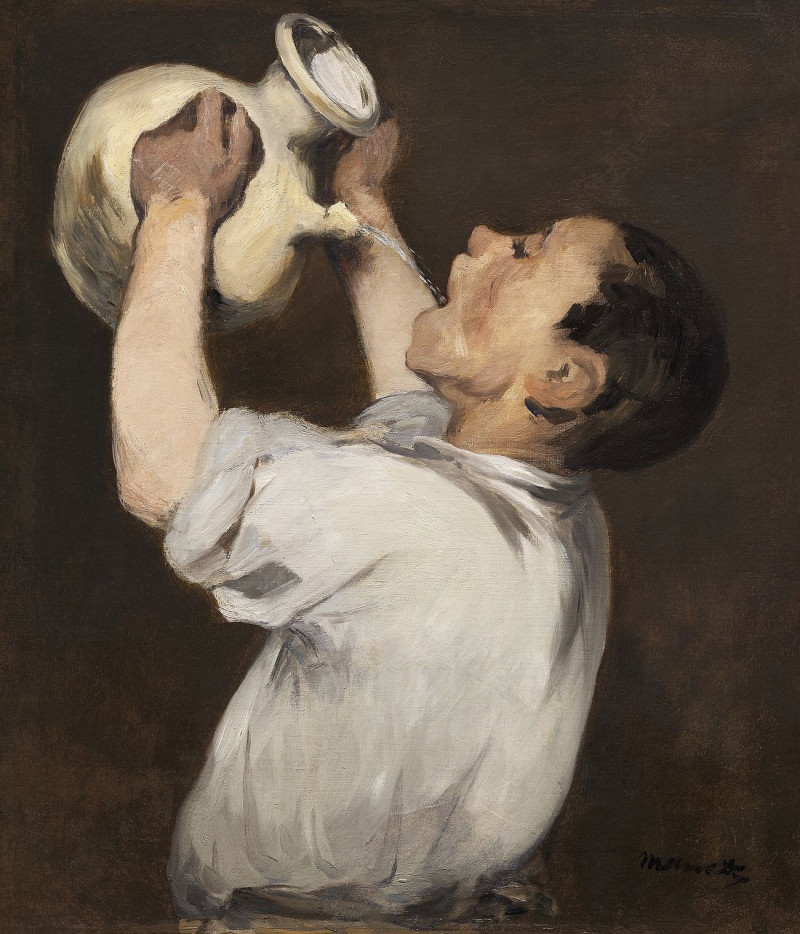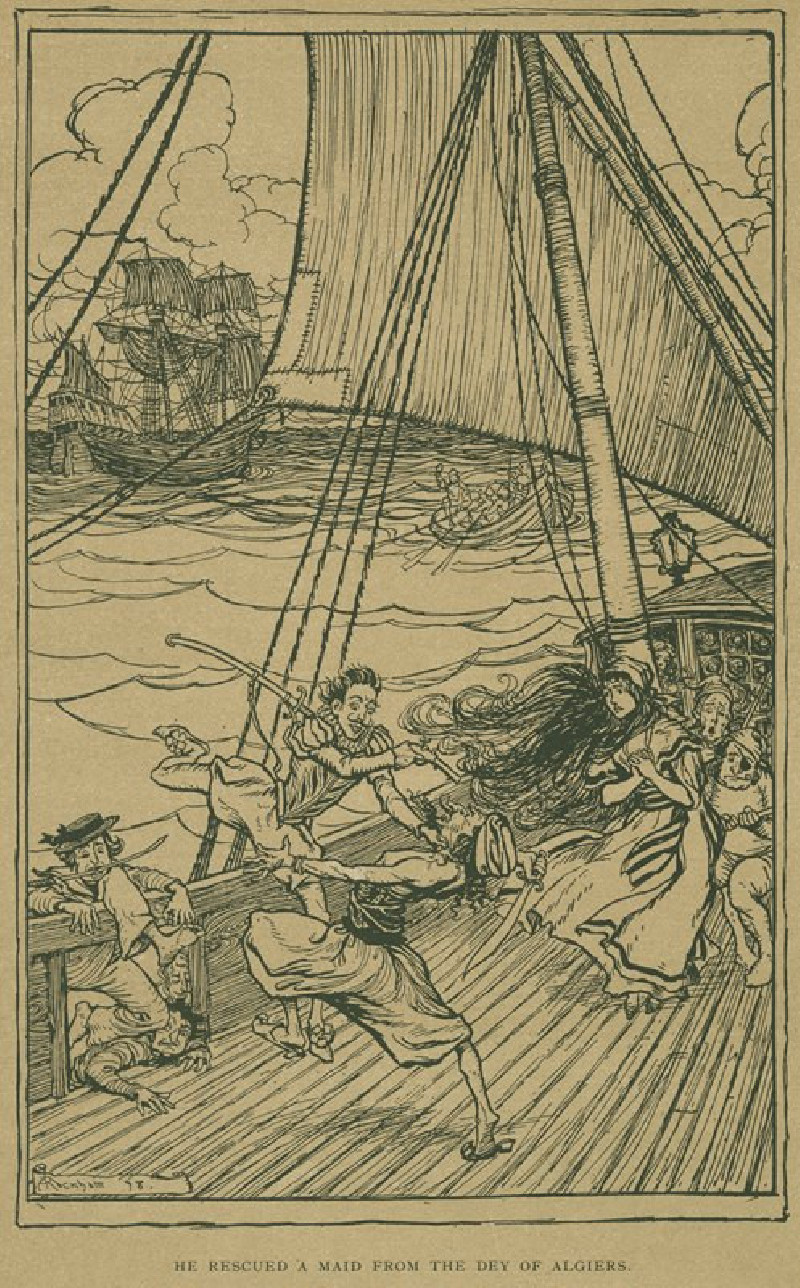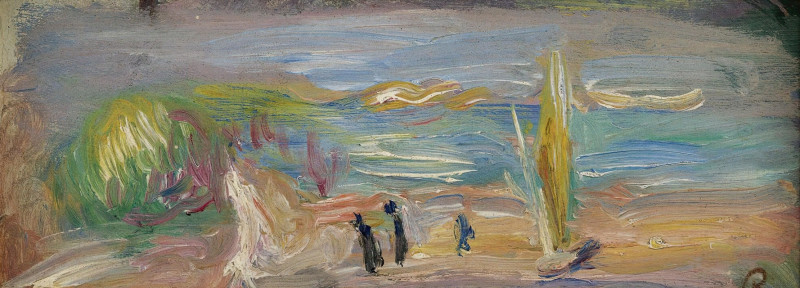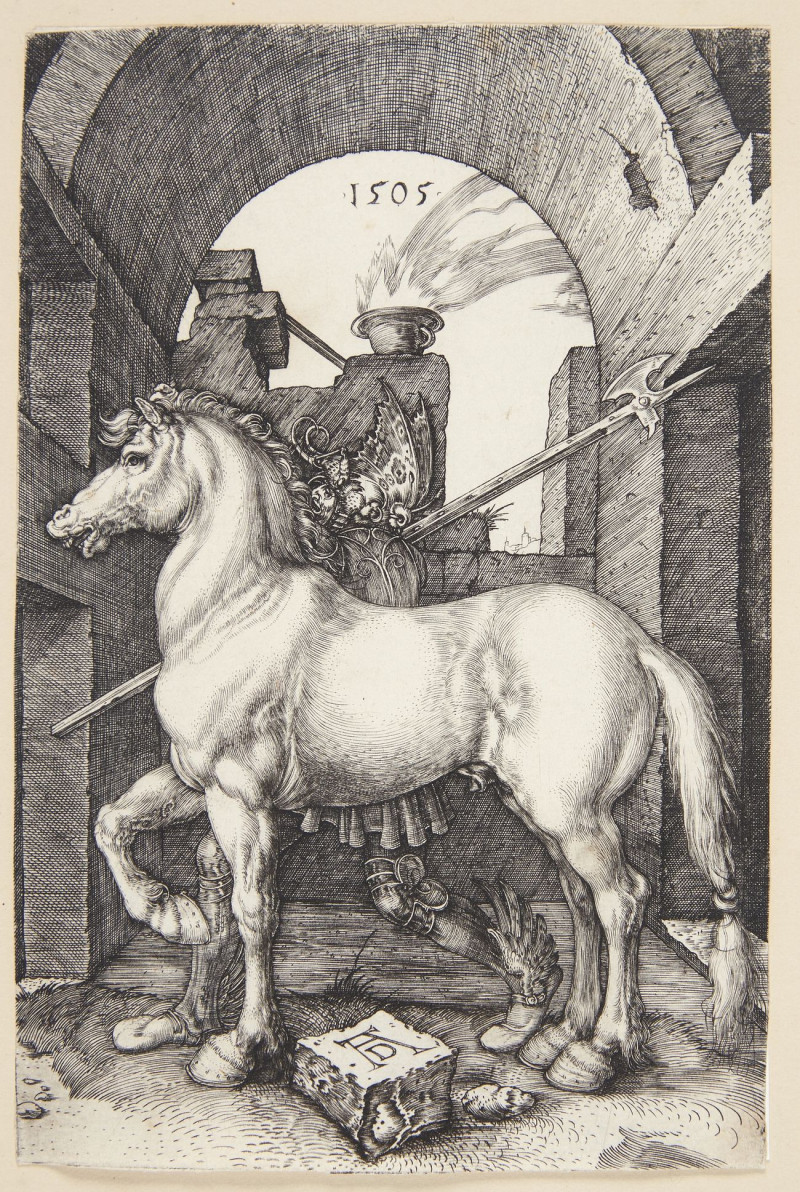Laternenfest Bauhaus (1922)
Technique: Giclée quality print
Recommended by our customers
More about this artwork
"Wander into the whimsical world of Paul Klee with ‘Laternenfest Bauhaus’ (1922), an intriguing artwork that exemplifies the artist’s affinity for color and abstract forms. This painting, created during Klee’s Bauhaus years, reflects not only an innovative art movement but also a festive celebration, possibly capturing the spiritual and community-oriented aspects of the Bauhaus school.The scene is set in an ambiguous, dream-like landscape characterized by a playful array of shapes and colors. Centrally, the artwork features a series of colorful lanterns that seem to float against a neutral background. These lanterns, depicted in shades of red, yellow, and hints of black, bring warmth and vibrance, suggesting a night filled with light and celebration. Underneath these lanterns, abstract figures appear to hold or interact with the light sources, perhaps dancers or revelers at the festival.Klee’s use of textured effects and the somber earth tones contrast with the bright colors of the lanterns, creating a dynamic that is both grounding and elevating. This composition invites viewers to decode its elements through the lens of abstraction and symbolism, typical of Klee's works.‘Laternenfest Bauhaus’ is a testament to Paul Klee’s mastery in translating emotions and auditory experiences into visual forms, encapsulating the essence of a lively festival in a style that is distinctly his own.
Delivery
Returns
Paul Klee was a Swiss-born German artist. His highly individual style was influenced by movements in art that included expressionism, cubism, and surrealism. Klee was a natural draftsman who experimented with and eventually deeply explored color theory, writing about it extensively; his lectures Writings on Form and Design Theory (Schriften zur Form und Gestaltungslehre), published in English as the Paul Klee Notebooks, are held to be as important for modern art as Leonardo da Vinci's A Treatise on Painting for the Renaissance.
































